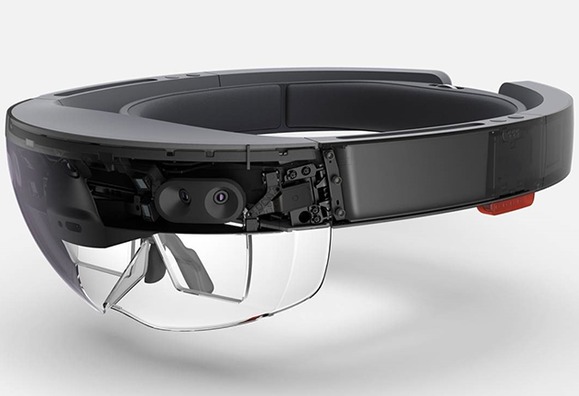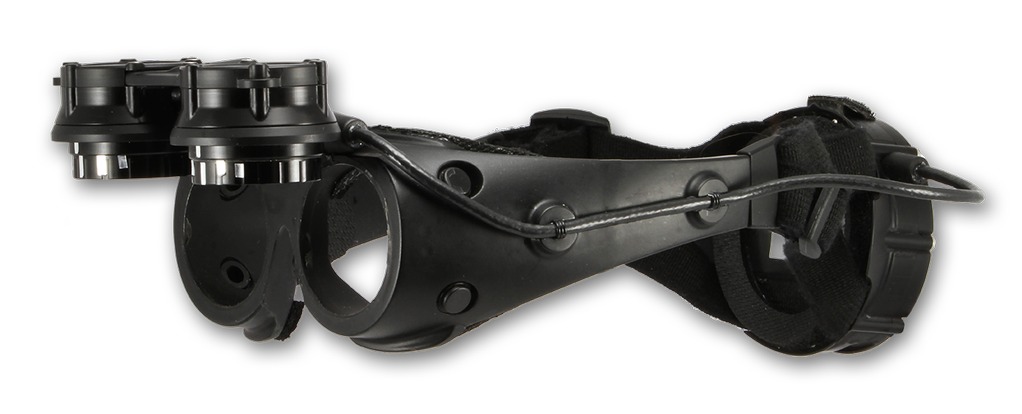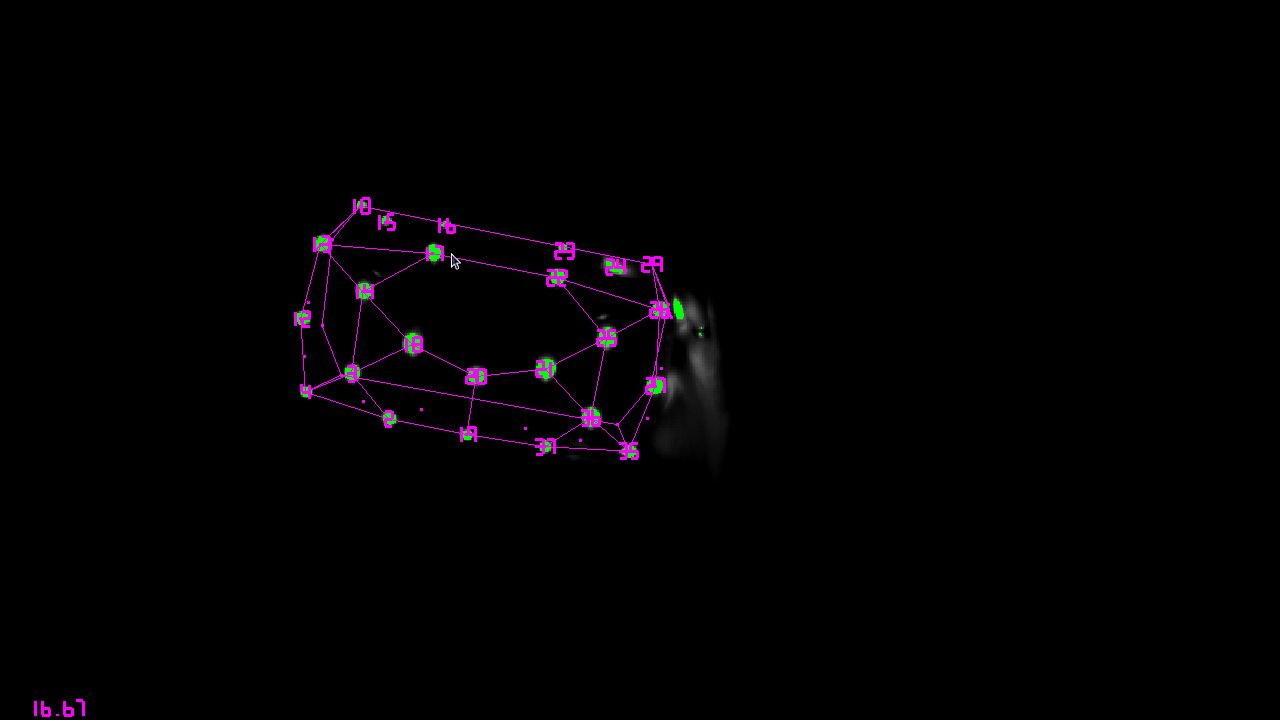I finally managed to get the Oculus Rift DK2 fully supported in my Vrui VR toolkit, and while there are still some serious issues, such as getting the lens distortion formulas and internal HMD geometry exactly right, I’ve already noticed something really neat.
I have a bunch of graphically simple applications that run at ridiculous frame rates (some get several thousand fps on an Nvidia GeForce 770 GTX), and with some new rendering configuration options in Vrui 4.0 I can disable vsync, and render directly into the display window’s front buffer. In other words, I can let these applications “race the beam.”
There are two main results of disabling vsync and rendering into the front buffer: For one, the CPU and graphics card get really hot (so this is not something you want to do this naively). But second, let’s assume that some application can render 1,000 fps. This means, every millisecond, a new complete video frame is rendered into video scan-out memory, where it gets picked up by the video controller and sent across the video link immediately. In other words, almost every line of the Rift’s display gets a “fresh” image, based on most up-to-date tracking data, and flashes this image to the user’s retina without further delay. Or in other words, total motion-to-photon latency for the entire screen is now down to around 1ms. And the result of that is by far the most solid VR I’ve ever seen.
Not entirely useful, but pretty cool nonetheless.
Like this:
Like Loading...







